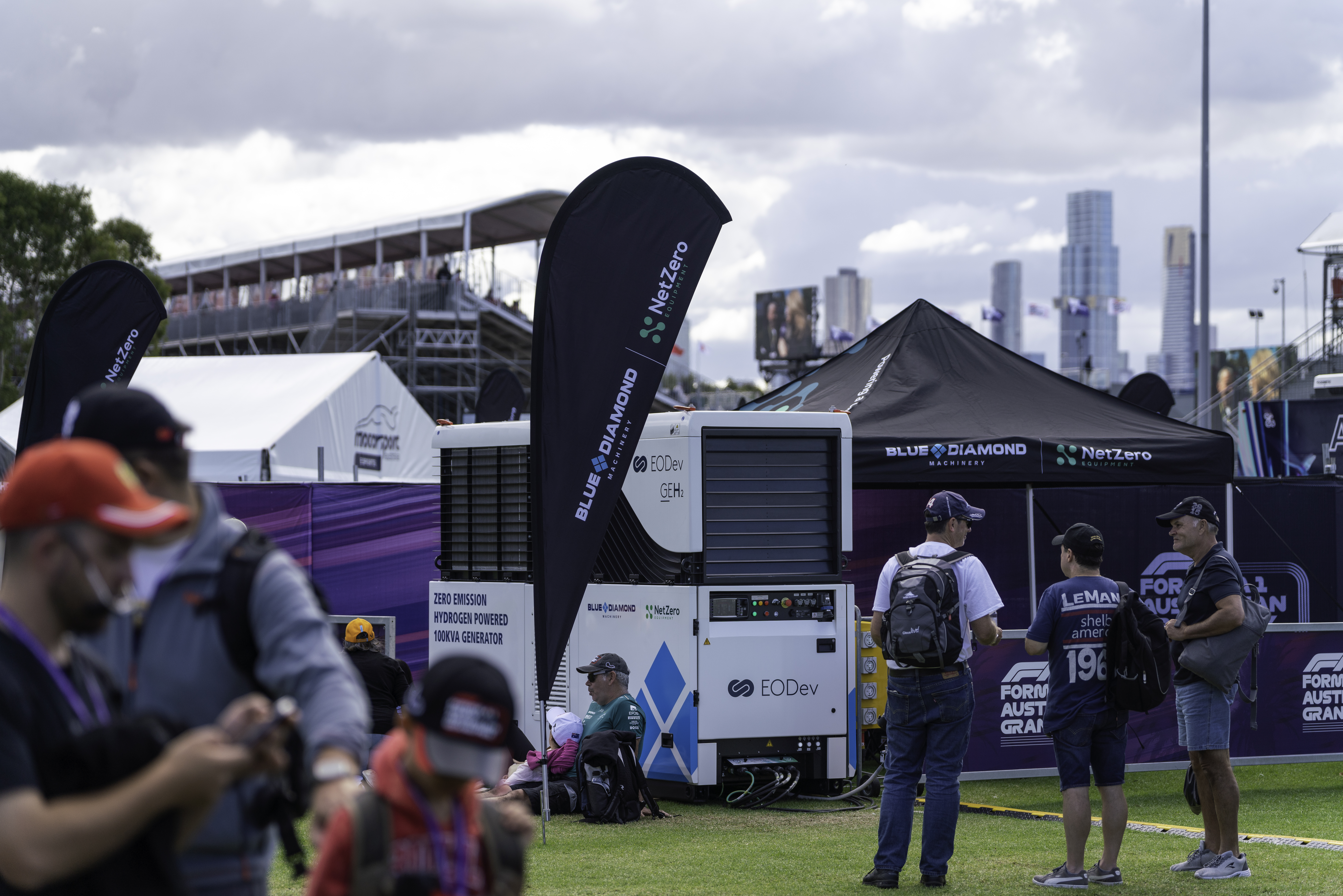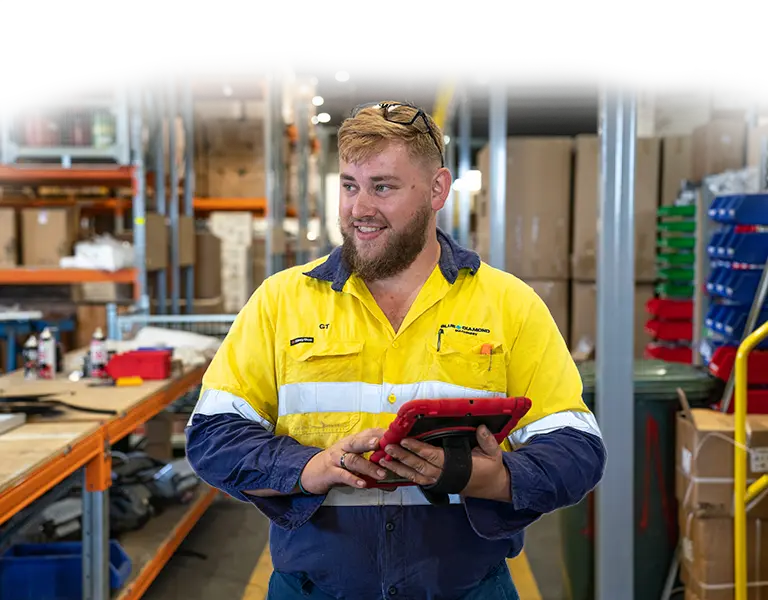Powered by hydrogen, the GEH2 Hydrogen generator is the first of its kind. It is specially designed to replace diesel or gas gensets in mobile, prime and standby applications.
Here, our Head of Future Fuels, Tristan Yuswak talks through this innovative clean power solution.



